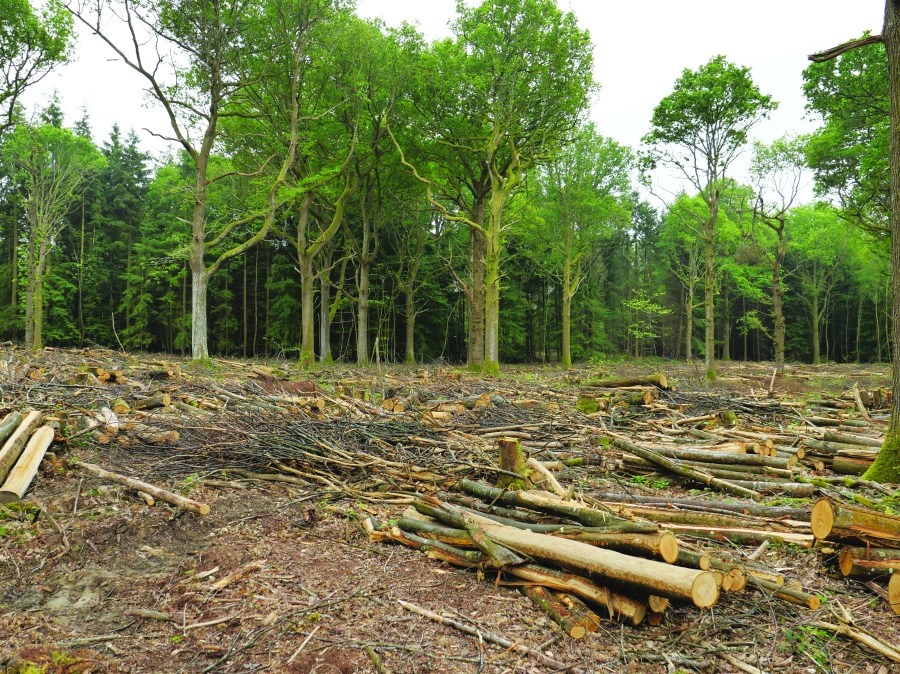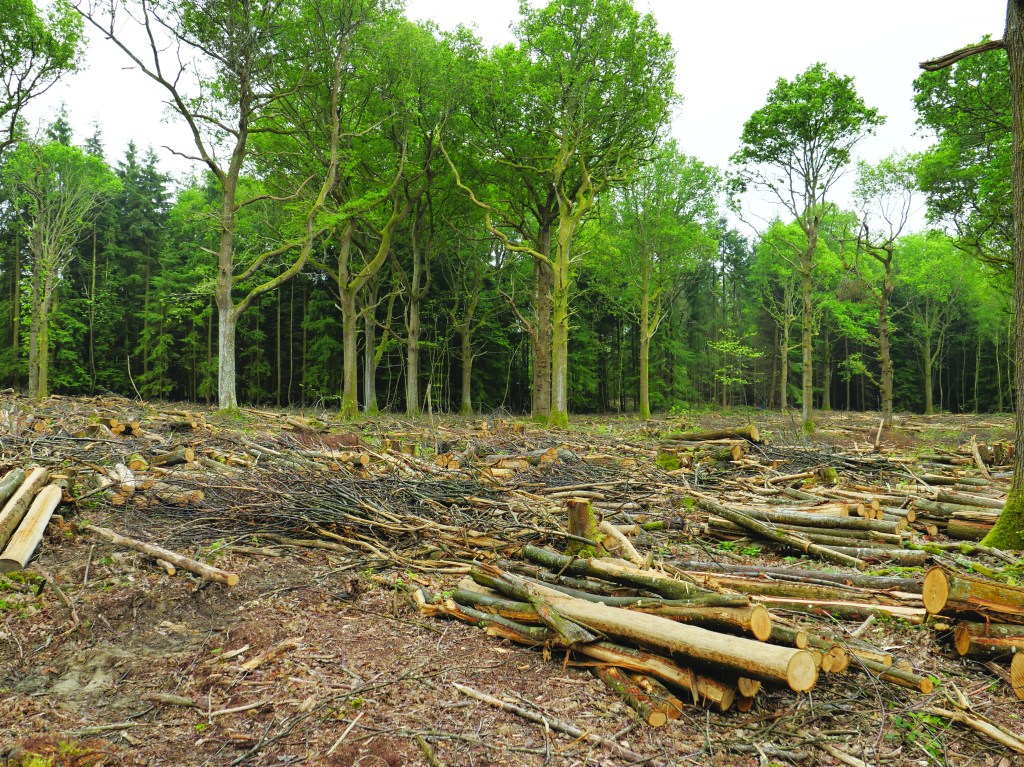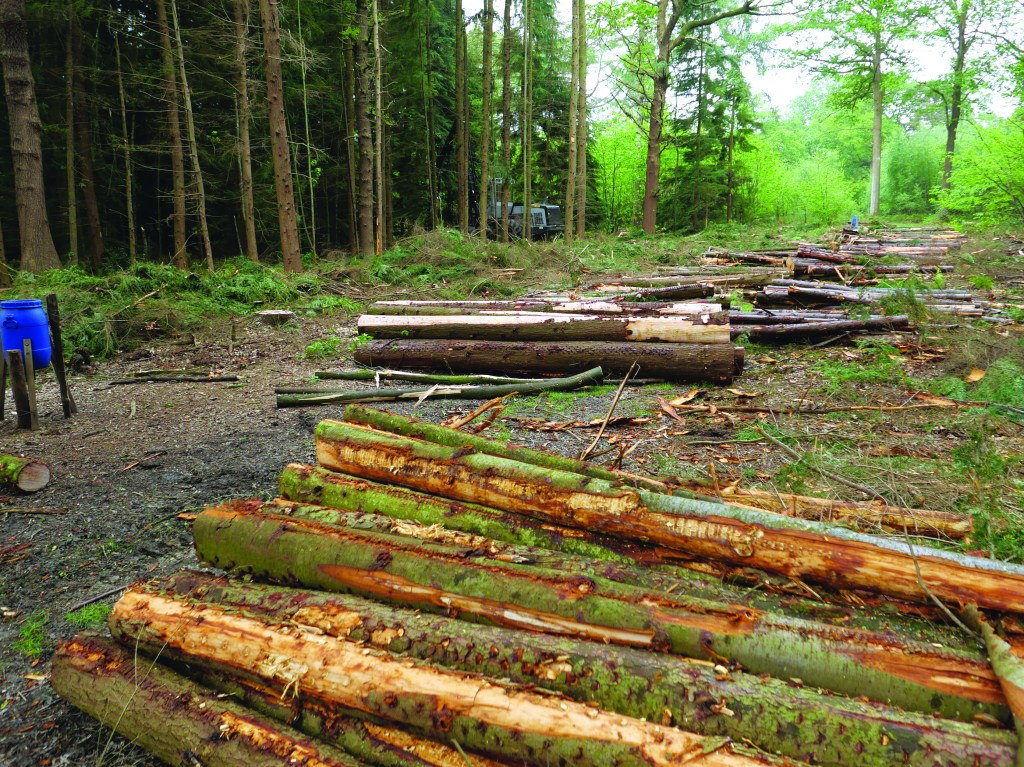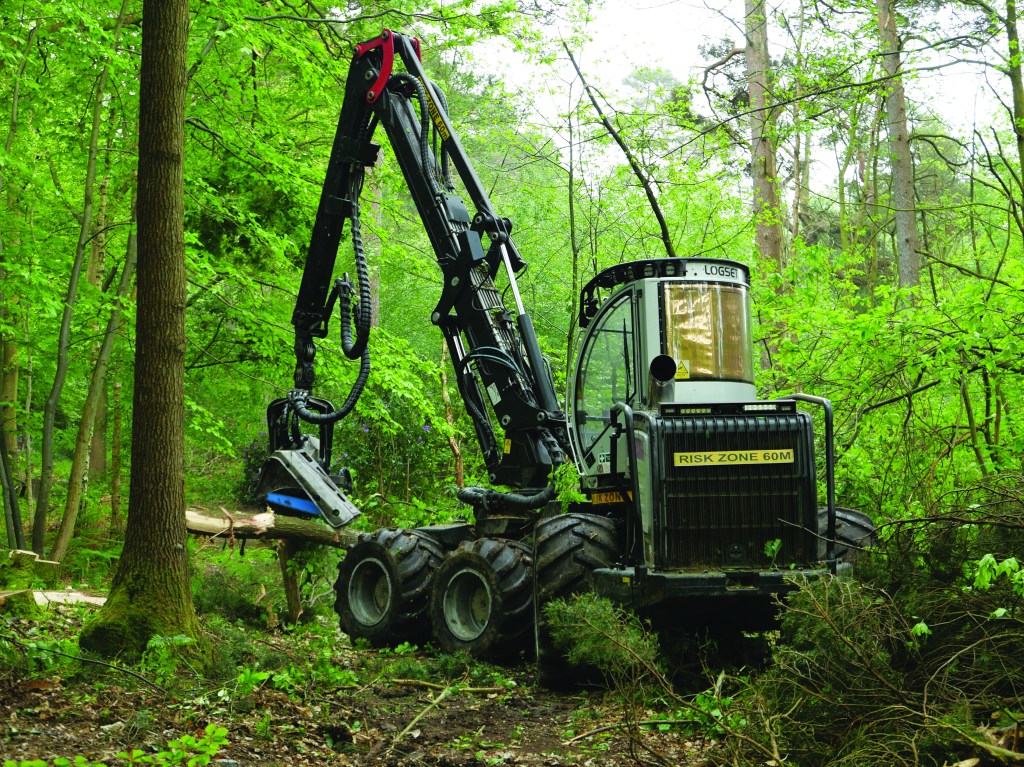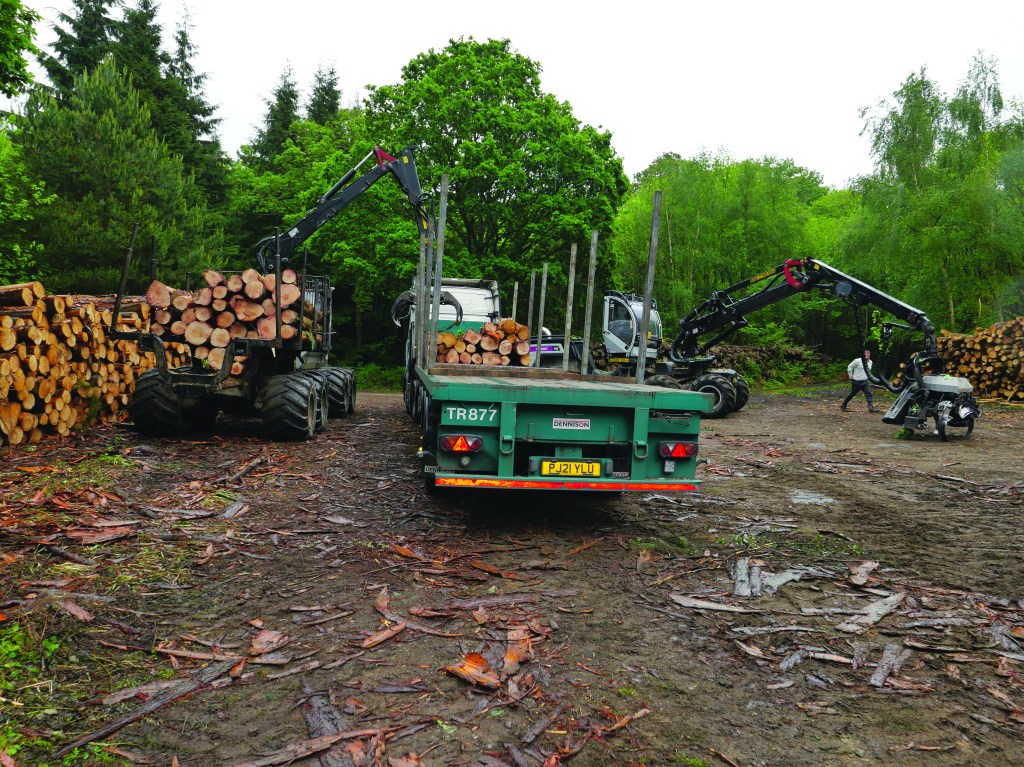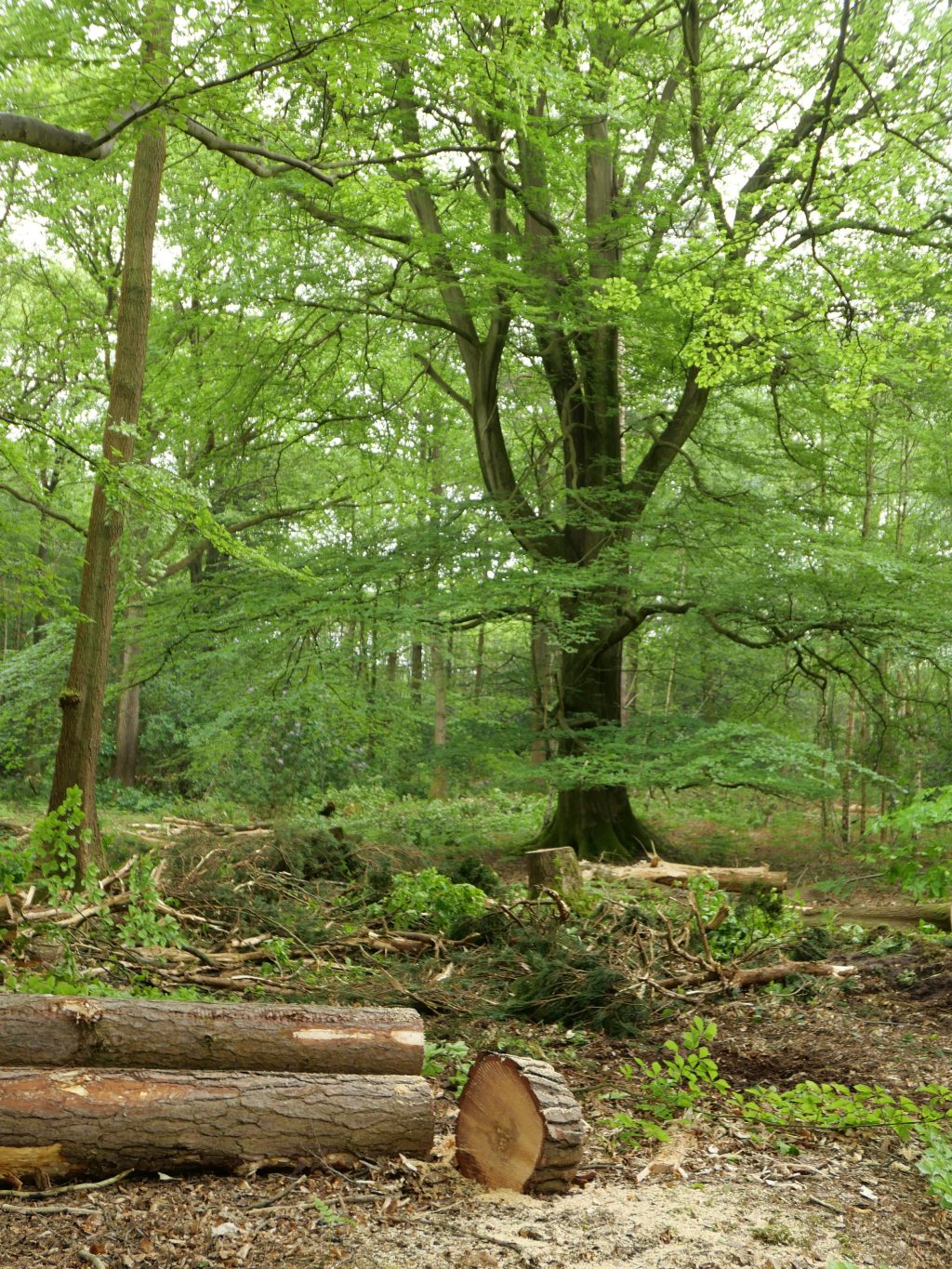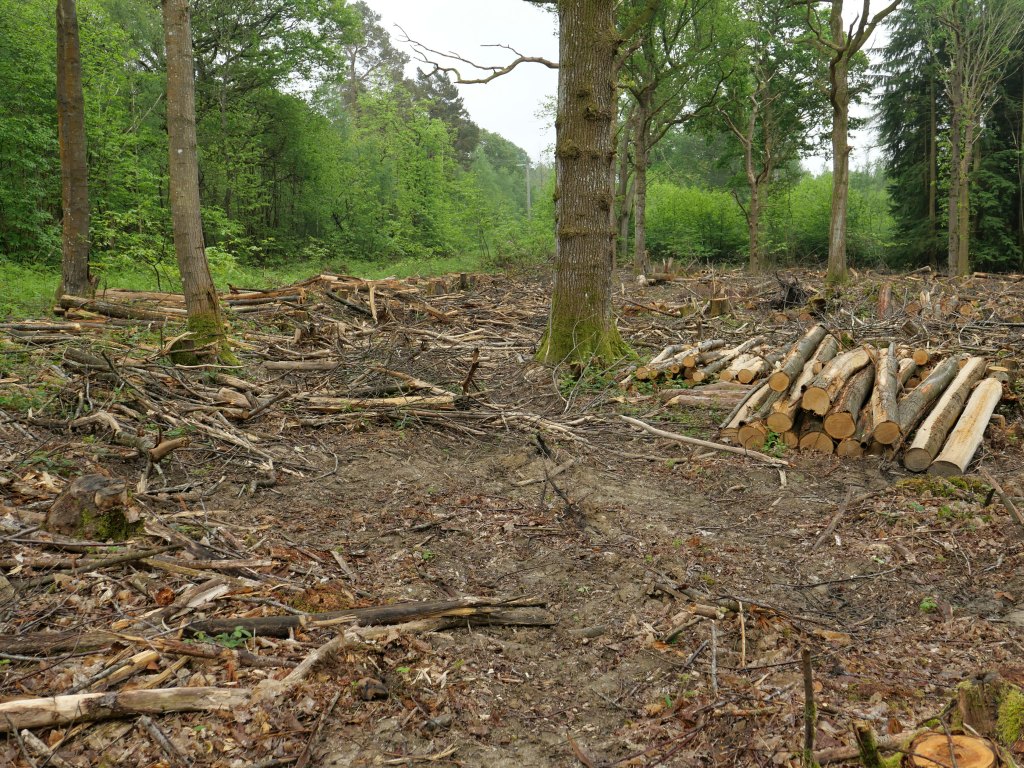Many larger, public-facing vineyards are set in a landscape that adds to their appeal, but when it is not looked after, woodland can become overstood and unproductive.
Properly managed, though, woodland can benefit the environment, create a nature friendly habitat and add to diodiversity, help to lock-up more carbon, create a more pleasant backdrop for visitors and create additional income for the vineyard.
South East Forestry is a well-respected and established company that knows how to maximise the returns from woodland while also delivering a broad range of benefits.
Jon Davies and Dave Holmes lead a well-qualified, professional team that can assess the best use for standing timber, harvest it safely and efficiently with minimal impact on the forest floor, and put every last piece of timber to the best possible use.
The company has its own yard and sawmill at Hawkhurst in Kent, a facility that allows it to extract maximum income from timber and use as little as possible for firewood or biomass woodchip.
That increased value is important, as it means the company can offer the landowner a better return, and with some English oak now being used to make vineyard casks, it could be a good example of a successful circular economy.
“We see turning timber into woodchip as the last option,” explained Dave Holmes. “If we can use it for fencing, construction or furniture it has more value and also locks up the carbon that has been sequestered during the growing process. Burning timber as fuel just releases all that carbon back into the atmosphere.”
Having the yard and sawmill, recently upgraded with new machinery, means South East Forestry can store valuable timber until it can be put to the best possible use and can ‘straighten up’ misshapen trees into usable planks or beams.
The commitment to the environment that sees as little harvested timber as possible used for woodchip or firewood runs through South East Forestry’s entire approach to forestry management.
“Thinning the woodland allows the remaining trees to fulfil their potential and allows more sunlight to reach the floor and support wild flowers. That will in time bring back butterflies and birds and help create a much more diverse environment within what was once a cold and shaded woodland,” commented Jon.
“Again, from an environmental point of view, while all trees sequester carbon, healthy young saplings do so much more efficiently than older, less vigorous examples.
“Our aim is to deliver the maximum value to the landowner by finding the best end use for the timber we harvest while leaving the woods and the environment in better shape – and that’s good for visitors, too.”
South East Forestry was recently brought in to manage an area of woodland that is typical of many across Sussex, Surrey and Kent and had become overstood over the years.
“We have agreed a plan that will re-establish a number of rides within the wood, benefiting the shoot on the estate, thin the hardwood to favour the better trees and let in more light, coppice the sweet chestnut and thin the conifers, using the timber for construction,” explained Jon.
“This is a typical mixed woodland with some low grade timber that will inevitably go for woodchip or firewood, but we always aim to keep that to a minimum,” he added.
“Using timber, particularly conifers, for construction is always our preferred option as it is totally sustainable. The tree grows and locks up carbon, it’s cut down and put to good use and then you plant another one in its place,” said Dave, before pointing out: ”You can’t grow steel or concrete.”
For more like this, sign up for the FREE Vineyard newsletter here and receive all the latest viticulture news, reviews and insight

